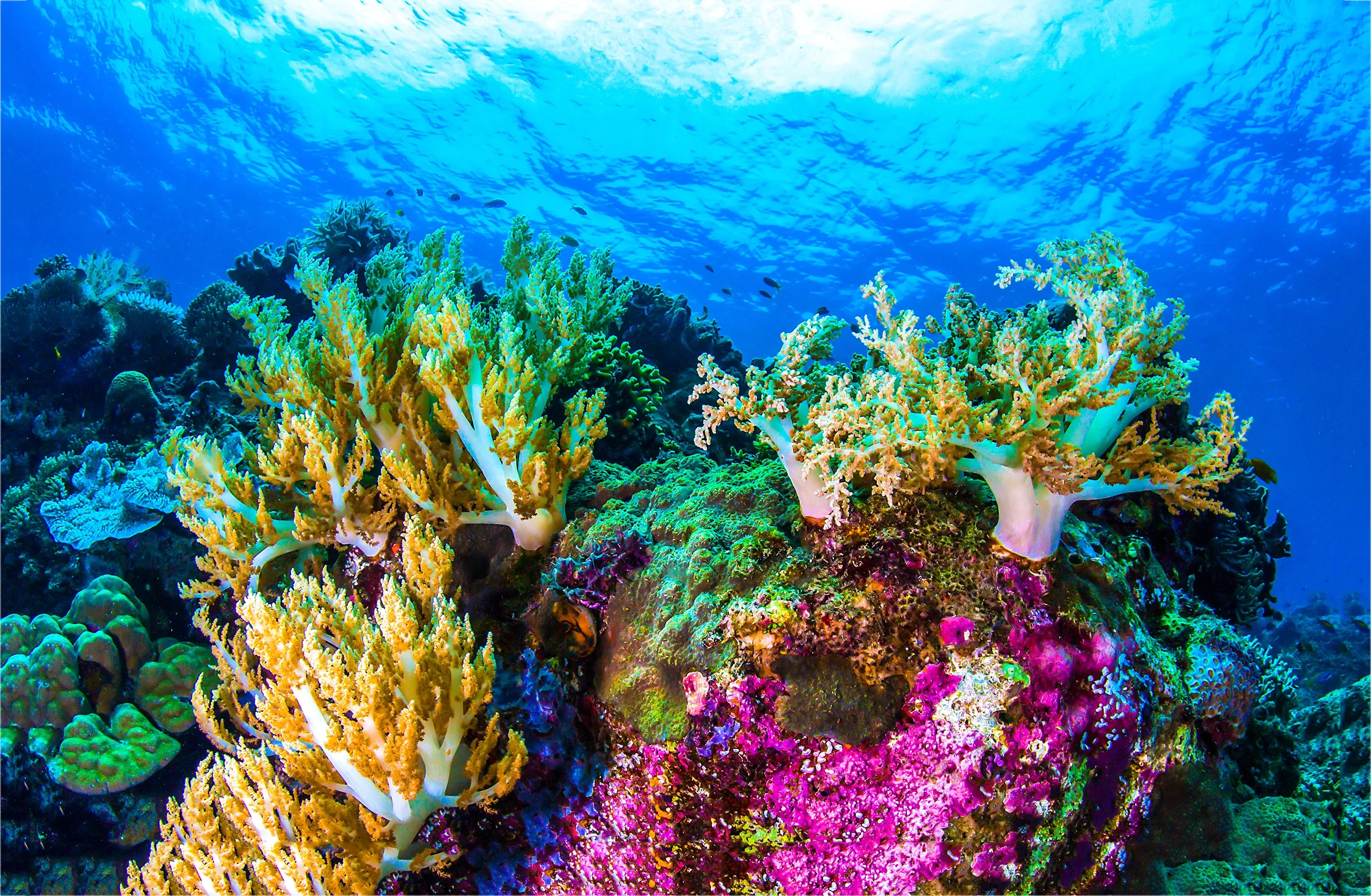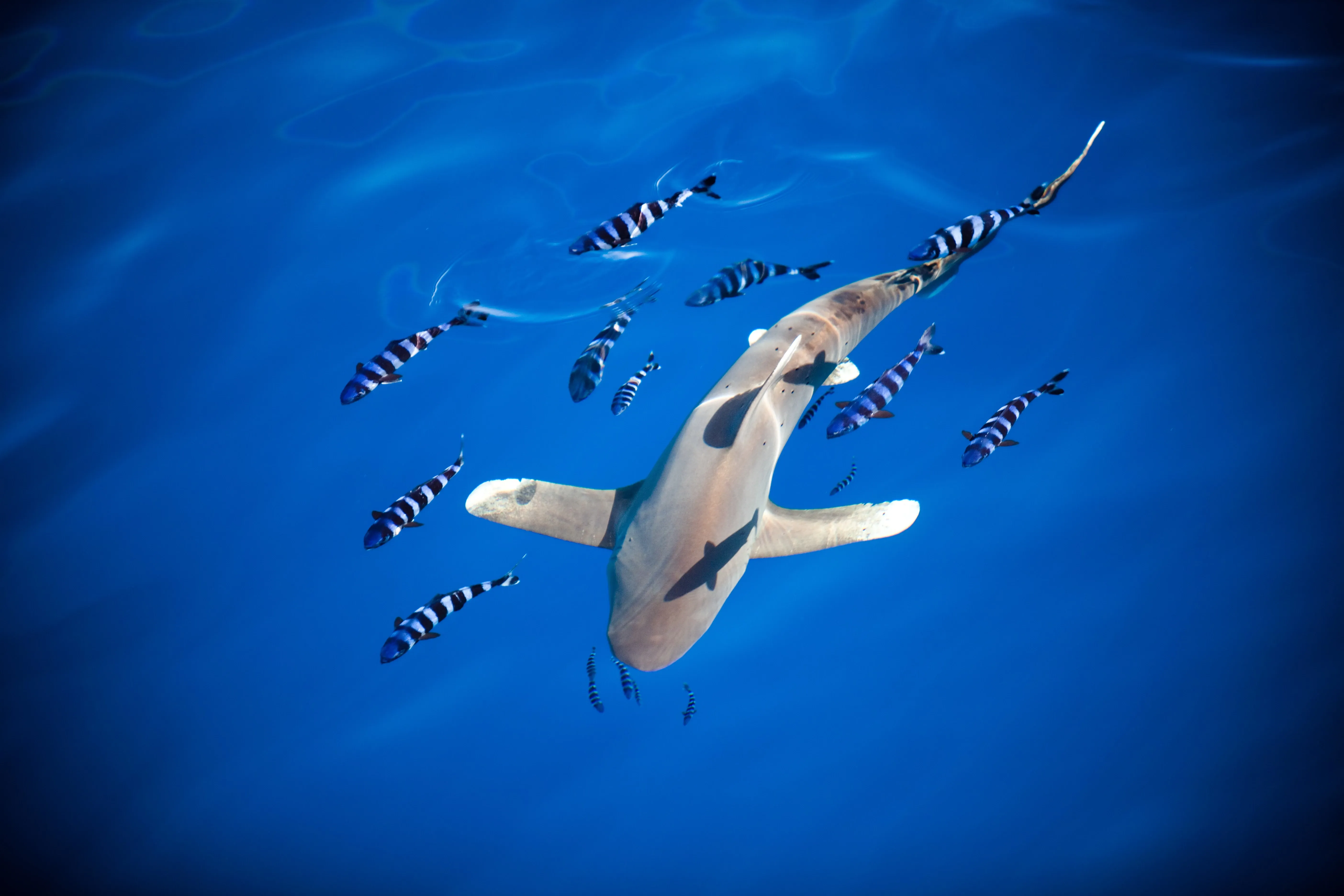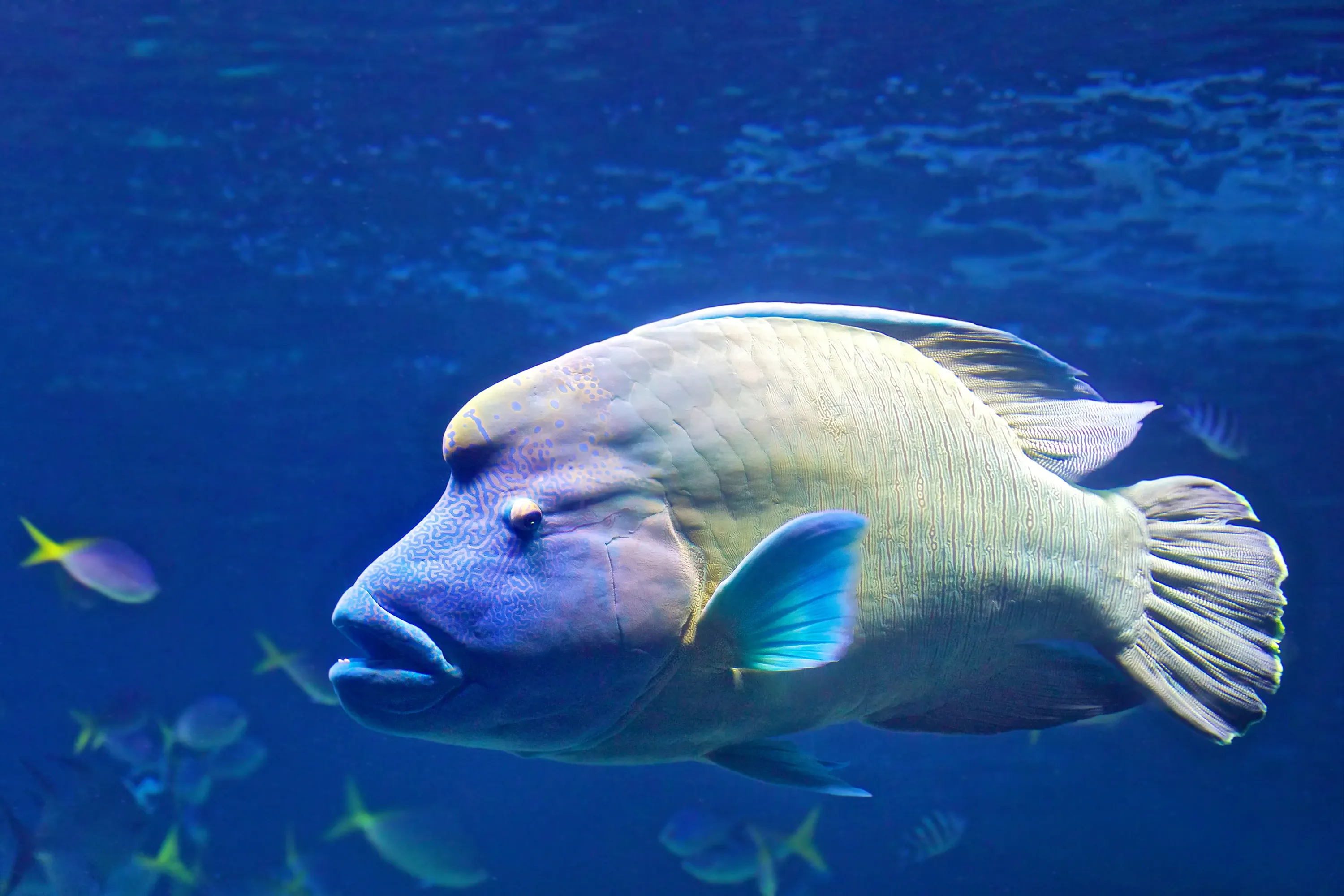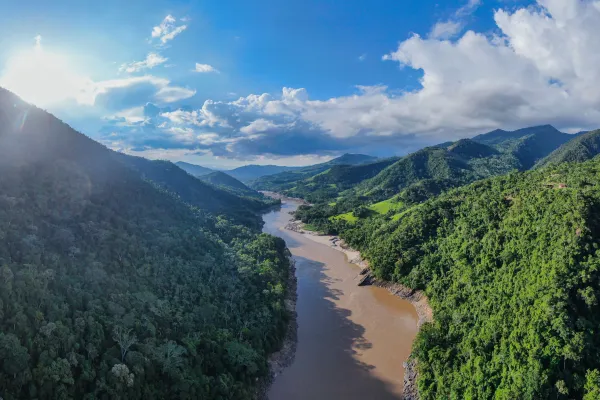Umbrella species: Responsible conservation systems
Hitting two birds with one stone (or saving two birds, as conservationists) is always a win, especially where resources are limited. In conservation terms, ‘Umbrella species’ are species which can do essentially that – provide protection for many species by possessing certain life history traits and habits. These responsible species are especially useful in marine conservation, where there is less control over habitat boundaries and the movement of animals.
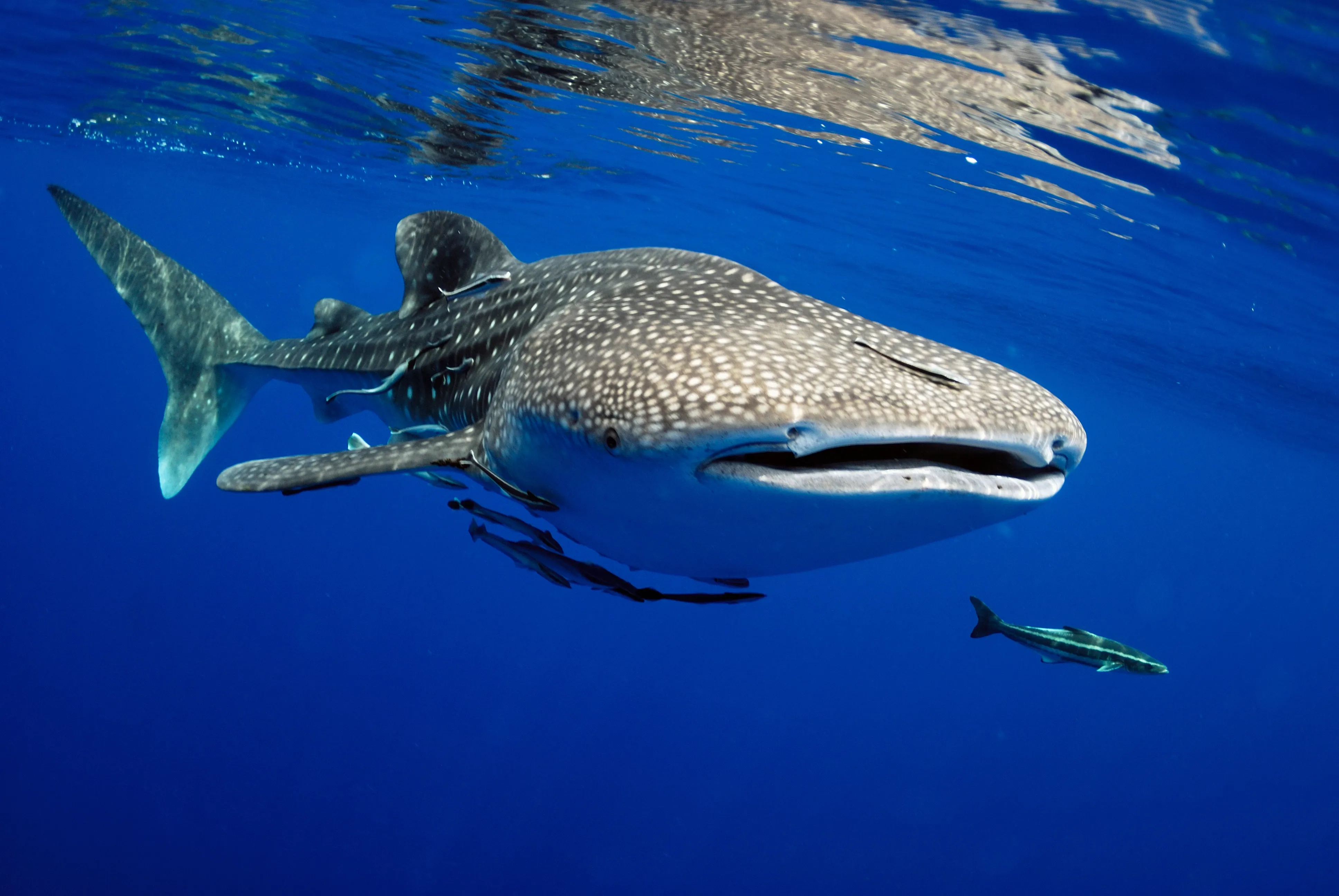
What are umbrella species?
The main challenge faced by conservationists across the globe is the problem of limited resources – how can we protect the maximum number of species with the minimal funding available to do so? Umbrella species provide a solution to this problem, and funding is often funneled towards protecting these species due to the benefits they can provide.
Coined in 1981, the term ‘umbrella species’ refers to a species which can, when protected, indirectly protect multiple other species or even entire ecosystems, due to its ecological requirements and niche – forming a conservation ‘umbrella’. Certain traits make species effective umbrella species, which are selected by conservationists as the main focus of protection in aid of conserving the largest number of species possible. This is especially valuable in marine conservation, where it is difficult to define specific zones due to the vastness and connectivity of the ocean. Keeping track of smaller species can be another challenge, as they can be difficult to spot, often cannot be tagged, and are less likely to receive interest and support from the public.
When an umbrella species gains legal protection, restrictions on hunting/fishing of the species, and protection of its native habitat are more likely to be successful as overexploitation and habitat loss are major threats to marine organisms.
Desirable traits for marine umbrella species
Large home range: species with large home ranges, such as large megafauna (dolphins, whales, sharks and seals) which commonly cover vast habitat areas or migrate long distances are effective umbrella species, as large areas of habitat must be protected and maintained to a healthy level to ensure effective protection of the selected species. This means that the largest possible areas of marine habitat can be granted some level of protection, with positive impacts for other species.
High overlap in habitat/resource requirements: Species which share a habitat with many other species, especially endangered or vulnerable ones, such as species associated with coral reefs, make excellent umbrella species – in order to protect the selected species, often the entire reef, or large zones of it, must be protected and restored. This benefits every organism living in the reef, and as reefs are one of the most biodiverse ecosystems on the planet, this adds up to a huge number!
High vulnerability/sensitivity to human activities: Species which are particularly sensitive to human activities (pollution, boat traffic, development and disturbance), or those which are most threatened with extinction, require the strongest levels of protection in order to conserve them. This means strict laws and regulations are more likely to be put in place, such as total fishing bans in dedicated areas, maximizing protection and conservation success as ecosystems gain fuller protection which is more tightly monitored and controlled.
The Loggerhead Turtle: a successful example
Loggerhead turtles are a species of sea turtle which have acted as a successful umbrella species across many areas. Loggerhead turtles are classified as vulnerable, and have received a large amount of conservation attention due to their popularity with tourists and the general public.
These sea turtles are found in many threatened, biodiverse sites such as Mediterranean seagrass zones and tropical coral reefs. Due to their long-distance migration patterns, large habitat range and sensitive nesting behavior, loggerheads have been a successful umbrella species in marine conservation.
Conservation of the loggerhead turtle includes restriction of human activities in their habitat zones, such as on nesting beaches, fisheries regulations, increased efforts to reduce beach/marine pollution and litter, and huge campaigns to reduce global single-use plastics. Each of these steps also encapsulates a multitude of other species in the protection, such as crabs, reef fish and shorebirds.
The Humphead Wrasse: a potential umbrella species
The humphead wrasse is an endangered species of fish native to the coral triangle and the eastern coast of Africa. These huge fish can grow up to 6 feet long, and spend their time scouring coral reefs for prey – mainly crabs, shellfish, and starfish. Humphead wrasse are classified as endangered by the IUCN, due to overfishing.
These fish have a large habitat range across vast areas of reef, and fishermen often use destructive methods to fish, or illegally poach, this species due to its high value in Asian cuisine. Current protected areas have been deemed too small to support conservation of this fish – meaning larger protection zones are needed. Due to the huge areas of reef required by this species, if these areas do gain protection, a multitude of other organisms, from corals to turtles, will also benefit from the protection as the amount of human disturbance in their habitat will be hugely reduced.
The humphead wrasse represents the chance for large environmental protection if the species gains the conservation effort and protected status it needs – with increased public support, interest from wildlife charities and researchers, humphead wrasse may be a gateway to improving the health of entire reef ecosystems in the coral triangle and across the globe.
Sign up for the newsletter
By clicking on “Subscribe now” I will subscribe to the Conscious Explorer newsletter with all the information about mindful travel. Information on the success measurement included in the consent, the use of the shipping service provider MailChimp, logging of the registration and your rights of revocation can be found in our privacy policy.

